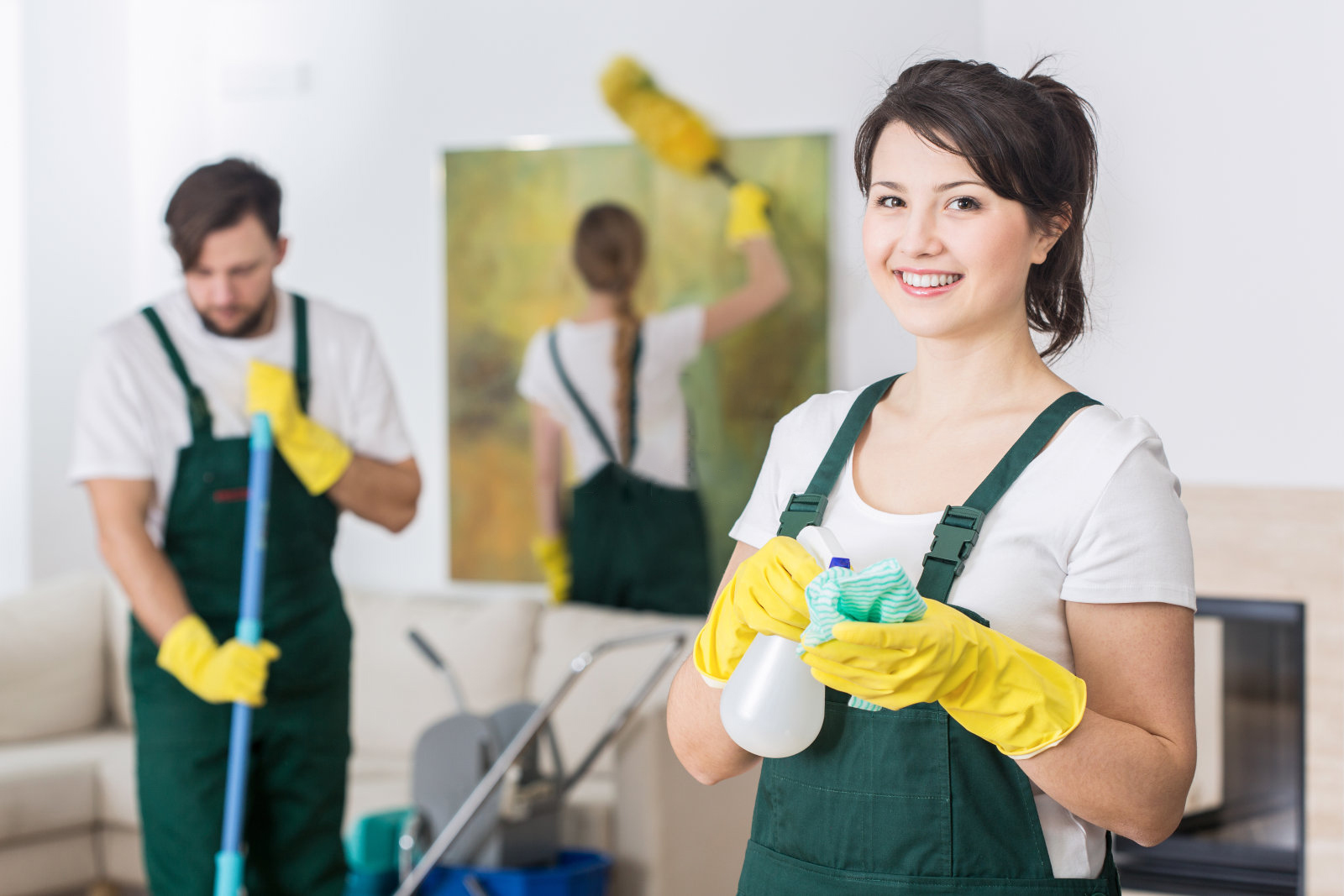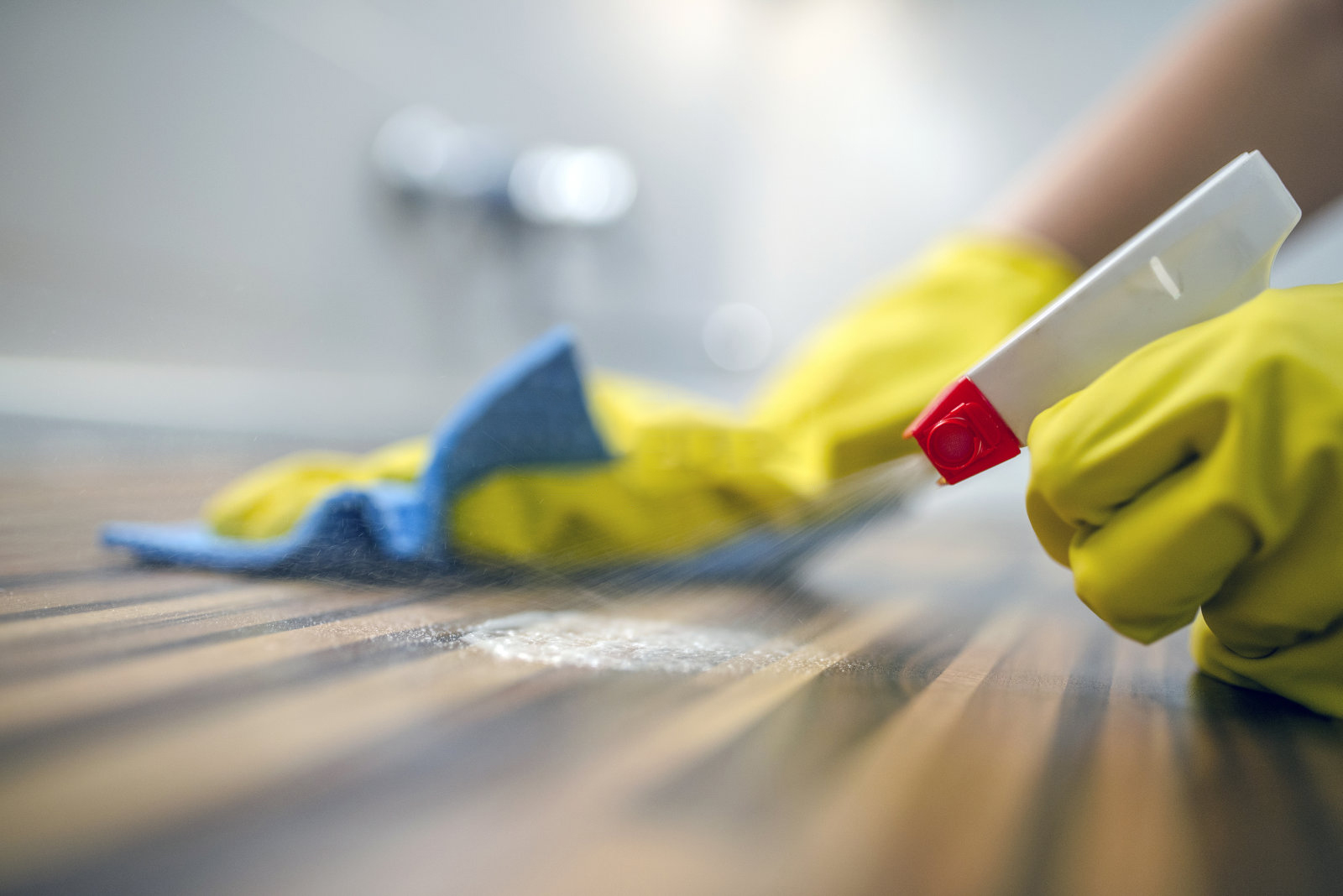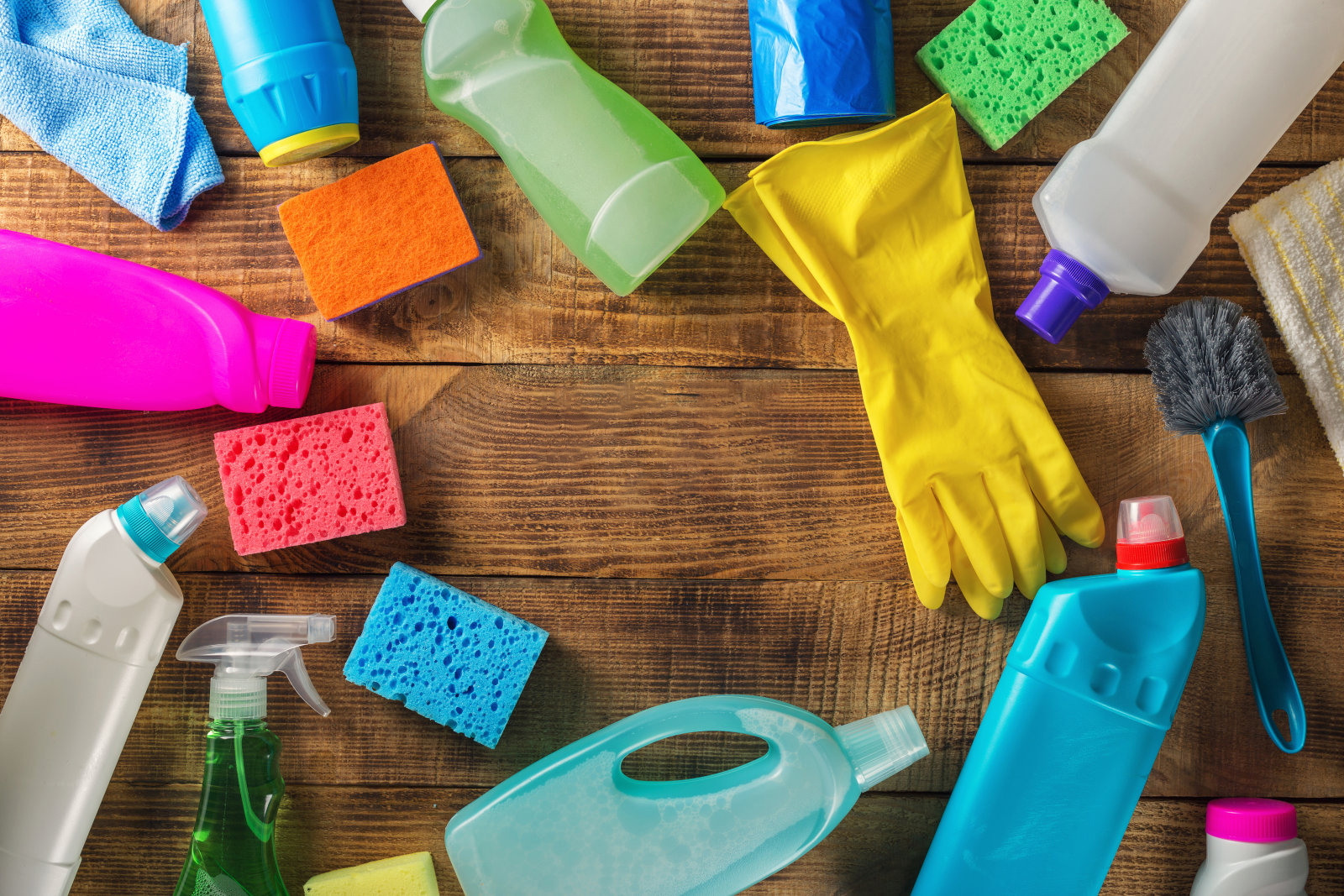For Cleaning, Disinfection, Sterilization, cleaning services are designed to remove and reduce microbes, but not kill them.
Commonly used methods: water washing, mechanical decontamination, decontamination agent, etc. It is suitable for the general treatment before disinfection and sterilization of the surfaces and parts of objects such as floor, wall, furniture, medical maintenance appliances and so on.

Cleaning is the pre-treatment process of disinfection and sterilization. Without thorough cleaning, it is difficult to ensure the basic function of disinfection or sterilization. The so-called “cleaning”, it is to point to the process of removing dirt, dust, and organic matter from surfaces by physical methods, such as water, detergent, and mechanical cleaning.

Iodine tincture stains can be washed with ethanol. Methyl violet stains can be washed with ethanol or oxalic acid solution. Old blood stains can be washed with hydrogen peroxide solution. Potassium permanganate stains can be cleaned with vitamin C solution or soaked with 0.2-0.5% peracetic acid solution. Ink stains should be cleaned with soap and water. If it cannot be cleaned, dilute hydrochloric acid or oxalic acid solution can be used to clean, or bleach with ammonia or hydrogen peroxide solution. The rust can be washed by dipping it into a 1% hot oxalic acid solution and then using water or hot acetic acid to wash.
Disinfection refers to the use of chemical, physical, biological and other methods to kill or eliminate all pathogenic microorganisms in the environment except spores. Disinfection can only reduce the number of harmful microorganisms to the point of non-pathogenic bacteria, but can not kill them completely.
Disinfection is generally divided into three types: instant disinfection, preventive disinfection and terminal disinfection.
When there is a source of infection, the environment and articles that may be contaminated by pathogens discharged from it should be disinfected in a timely manner, commonly known as instant disinfection. Preventive disinfection is used to disinfect articles and places that may be contaminated by pathogenic microorganisms. Terminal disinfection refers to the thorough disinfection of the place after the source of infection has left the epidemic place.

Sterilization refers to the killing or elimination of all microorganisms on the medium, both pathogenic and non-pathogenic, as well as bacterial and fungal spores.
To understand the concept of sterilization from the perspective of hospital disinfection, that is, the sterile items into the human body should not only have no microorganisms, but also reach the level of no pyrogens and particles after sterilization. Articles that are not contaminated after sterilization are called sterile articles. The area that has not been contaminated after disinfection by cleaning service is called aseptic area.
Post time: Nov-22-2021











